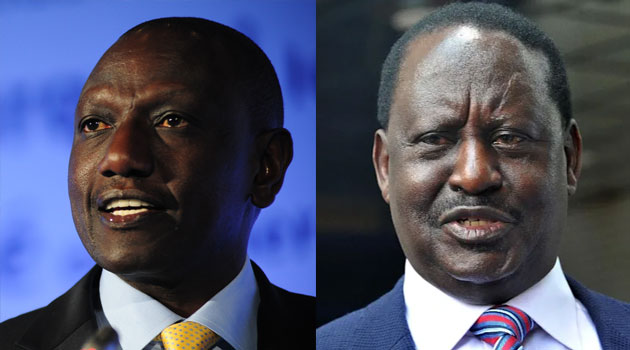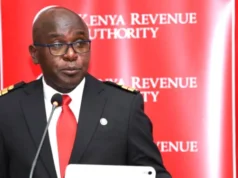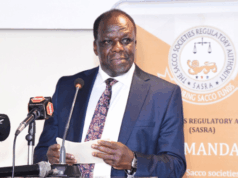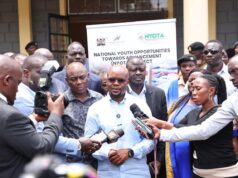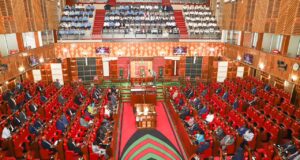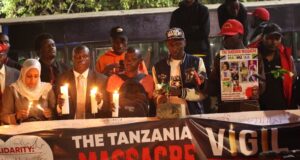Kenyan politics has always resembled a game of musical chairs, where the music never really stops. It just changes tempo. Politicians keep circling the seats, waiting for the next convenient spot to land.
Over the years, one man has been at the center of nearly every twist and turn: Raila Amolo Odinga.
In 1997 Raila stood firm against Daniel arap Moi, branding him a dictator and the face of everything wrong with Kenya. But a few years later, in a move that stunned many of his supporters, Raila joined Moi’s government as a minister. Disillusionment did not last long, though.
By 2002 Raila walked away from Moi and aligned himself with Mwai Kibaki under the National Rainbow Coalition. That coalition swept Moi’s chosen successor aside, marking one of the most defining transitions in Kenya’s democratic history.
Yet in politics, friendships are never permanent. By 2005 Raila had turned against Kibaki, accusing him of betrayal over the failed constitutional referendum. Raila found new allies in Uhuru Kenyatta, Kalonzo Musyoka, and William Ruto.
They defeated Kibaki in the referendum and later mounted a fierce challenge in the 2007 elections, joined by Musalia Mudavadi, Ruto, Joseph Nyaga, and Charity Ngilu. The post election chaos that followed forced Raila and Kibaki into a grand coalition, bitter rivals suddenly forced to share power for the sake of the nation.
The cycle repeated in 2013. Mudavadi, once Raila’s ally, chose to run alone. Uhuru and Ruto came together in a union that proved decisive, leaving Raila and Kalonzo on the losing side. Kalonzo abandoned Raila in that election, but as fate would have it, returned to his corner in 2017.
By then Mudavadi too had shifted back to Raila’s camp. Still, they were outmaneuvered by the Uhuru Ruto pairing, whose campaign machine delivered victory.
Then came 2018 and the unexpected handshake. Raila and Uhuru, fierce competitors just months before, suddenly clasped hands and agreed to work together. Overnight William Ruto, still the deputy president, found himself isolated within his own government.
He became the leader of opposition in government, joined by Mudavadi, Wetangula, and Gachagua, who began plotting a new political path.
By 2022 the battle lines had shifted again. Ruto, Mudavadi, Wetangula, and Gachagua stood shoulder to shoulder against Raila, Kalonzo, and Martha Karua. Once more Raila fell short. The cycle of trust and betrayal rolled on.
In 2024 the music changed tempo once again. Rigathi Gachagua was impeached, and in yet another dramatic turn, Raila Odinga joined hands with William Ruto, this time inside government.
Even Uhuru Kenyatta, who once warned Kenyans against Ruto, is now back within the fold. On the other side of the divide stand Gachagua, Kalonzo, Matiang’i, Eugene Wamalwa, and Natembeya, united in opposition against the very government they once championed.
So, who are the fools in this endless merry go round? Are they the politicians who change sides as easily as coats, swearing loyalty today only to abandon it tomorrow? Or are they the citizens who cheer, chant, and bleed for leaders who see politics not as service but as survival?
The truth is, alliances in Kenya are rarely about ideology or principle. They are about power, access, and survival in a system where the music never stops. Politicians switch chairs with ease, but the ordinary Kenyan, struggling with high cost of living, joblessness, and insecurity, remains standing, waiting for a seat that never comes.
In this game of musical chairs, maybe it is not the politicians who are the fools. Maybe it is the voters who keep clapping along to the music, hoping that one day, when the music stops, it will finally be their turn to sit.


